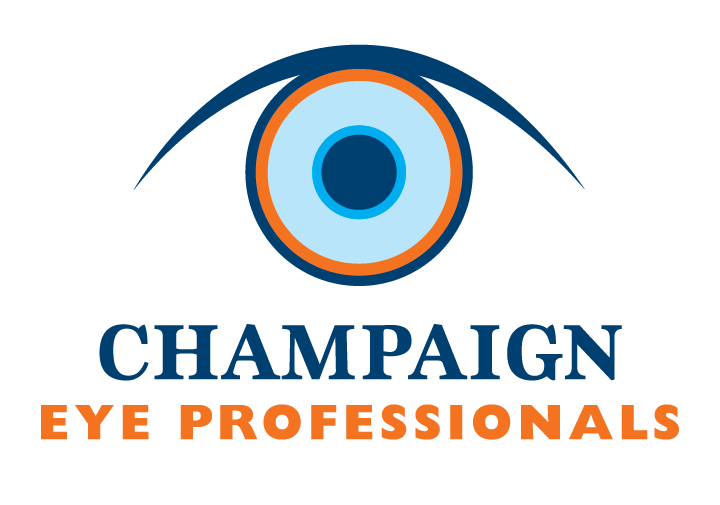LASIK Recovery: What to Expect
For anyone who suffers from poor vision, you know what a benefit LASIK surgery could provide. Even if your vision isn’t terribly awful, it can feel burdensome to be saddled with having to wear eyeglasses or contact lenses or both for your entire life. Wouldn’t it be great if you didn’t need to wear anything in order to see as well as the average person? With LASIK, you might be able to. If you are considering LASIK in Champaign, IL, here’s what you can expect on the recovery side of things.
Immediate Post-Surgery Effects
Right after your LASIK procedure, you may experience some discomfort, such as a scratchy or gritty feeling in your eyes. This is normal and typically subsides within a few hours. Some patients also experience mild blurriness or haziness as their vision begins to stabilize.
The First Few Days
It’s important to avoid straining your eyes by reading or using screens too much during the first few days. Most patients can return to their normal activities within 24 to 48 hours, but it’s crucial to follow all post-operative care instructions.
The Role of LASIK Co-Management
LASIK co-management is the collaboration between your LASIK surgeon and your primary eye care provider to monitor your recovery. After the surgery, you’ll have follow-up visits to ensure your eyes are healing properly and to track your visual progress. Your optometrist may also offer support by providing ongoing care and addressing any concerns that arise during recovery.
Long-Term Healing
While most LASIK patients experience significant vision improvement within a few days, full recovery may take several weeks to months. During this time, your eyes may continue to adjust, and you might experience slight changes in vision. Continued follow-up care with your optometrist in Champaign, IL is key to maintaining optimal results.





